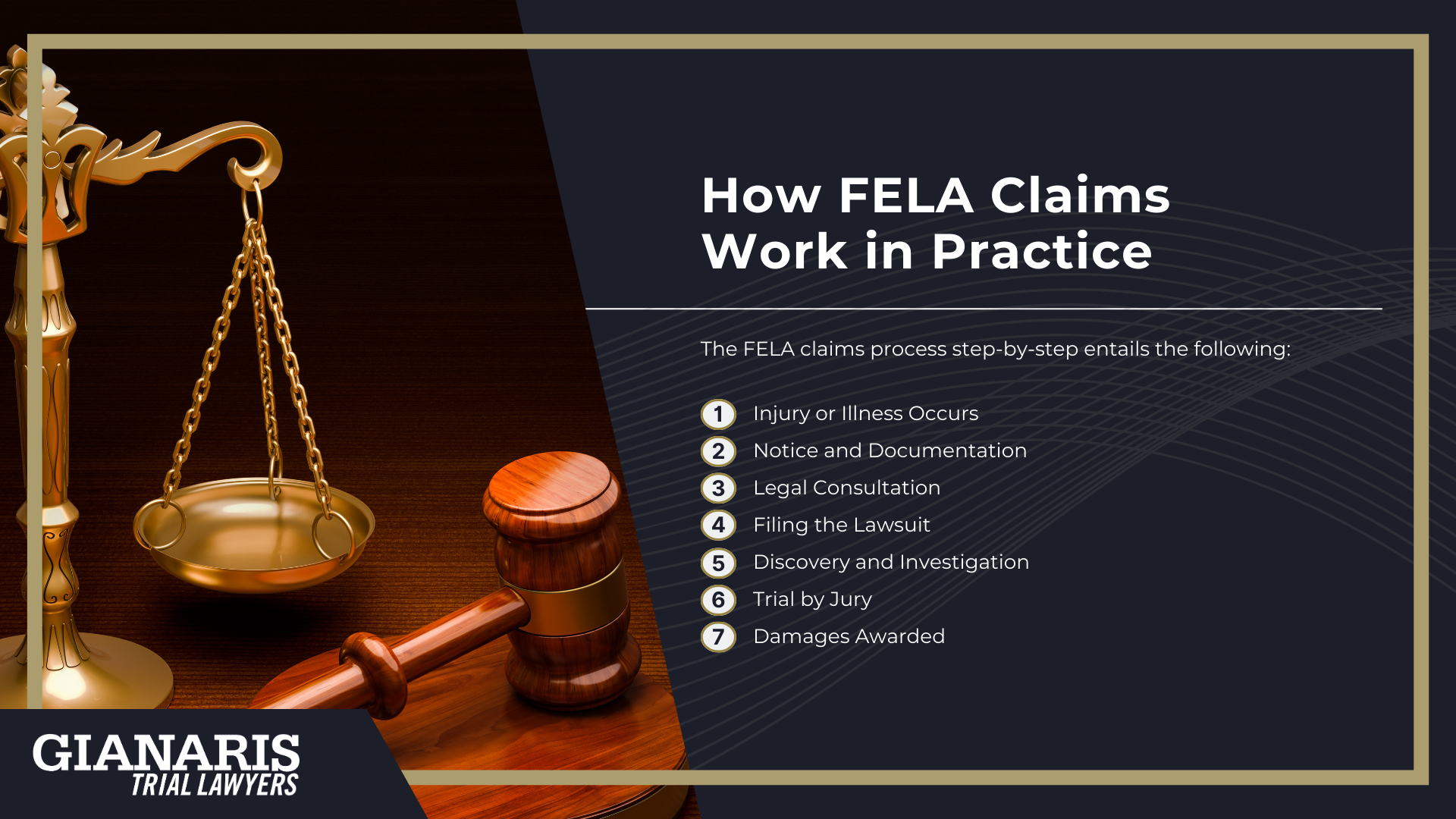For most workers in the United States, on-the-job accidents are handled through the state-administered workers’ compensation system.
These programs were designed as no-fault alternatives to civil lawsuits, providing injured employees with medical coverage, a portion of lost wages, and limited death benefits without the need to prove employer negligence.
But for railroad employees, the picture is very different.
Congress passed the Federal Employers’ Liability Act (FELA) in 1908, recognizing that the dangerous nature of railroad use and operations required a more powerful form of protection.
Because of this legislation, railroad workers are not entitled to recover under the typical workers’ compensation system: FELA is the exclusive route for compensation after injuries sustained in connection with railroad employment.
The two laws differ fundamentally in their structure and outcomes.
Under state workers’ compensation, injured employees may only collect a proportion of their lost wages and reimbursement for medical bills, and they are barred from suing their employer directly for personal injury damages.
These systems do not account for pain and suffering, emotional trauma, or long-term loss of earning capacity.
In other words, workers’ compensation pays out benefits, but not all these costs of a serious injury are recoverable.

FELA, on the other hand, specifically allows an injured employee to sue the railroad employer when negligence attributable to that employer, no matter how small in proportion, played a role in causing the accident.
Section 51 of the statute makes this clear:
“Every common carrier by railroad… shall be liable in damages to any person suffering injury while he is employed by such carrier… for such injury or death resulting in whole or in part from the negligence of any of the officers, agents, or employees of such carrier, or by reason of any defect or insufficiency, due to its negligence, in its… equipment.” (45 U.S.C. § 51)
This language illustrates two critical differences from workers’ compensation: first, FELA is fault-based, meaning negligence must be shown, but second, the standard is exceptionally broad.
Courts have consistently held that if negligence contributed even in the slightest proportion to the injuries sustained, the claim belongs before a jury.
When the Federal Employers Liability Act (FELA) Applies
FELA’s reach goes far beyond typical accidents.
The statute allows claims for virtually any personal injury or death linked to railroad employment, including cumulative trauma and occupational illnesses.
Some examples include:
- Train or Yard Accidents: Collisions, derailments, or injuries sustained during switching and coupling operations.
- Unsafe Work Conditions: Broken equipment, inadequate lighting, lack of fall protection, or failure to follow a safety statute such as Federal Railroad Administration regulations.
- Repetitive Stress and Cumulative Trauma: Back injuries, joint damage, or other conditions developed over years of railroad use of unsafe practices or defective tools.
- Toxic Exposure and Cancer Claims: Many injured employees bring FELA claims after long-term exposure to diesel exhaust, asbestos, silica dust, or other hazardous substances leading to cancers such as leukemia, lung cancer, or bladder cancer.
- Occupational Hearing Loss: From prolonged exposure to excessive noise in rail yards or locomotive cabs.
- Workplace Death: Families of railroad employees who suffer death as a result of negligence are entitled to bring FELA wrongful death actions.
Each of these situations demonstrates FELA’s broader coverage compared to state systems.
Where workers’ compensation might only cover limited medical expenses and partial wage loss, FELA empowers injured employees or their families to pursue full compensation, including pain and suffering, loss of enjoyment of life, and diminished earning capacity.
Why the Distinction Between Workers’ Compensation and FELA Matters
This distinction is not merely academic.
It directly affects the outcomes for injured railroad employees.
Because FELA is rooted in federal legislation, cases may be filed in either state courts or federal courts, giving workers more flexibility in where they pursue justice.
Most importantly, unlike the workers’ compensation system, FELA permits a jury of peers to determine damages rather than relying on a schedule of benefits.
That means juries can account for the true cost of an accident: not just lost wages and medical bills, but also the toll of long-term pain, disability, or fatal injuries sustained through a railroad employer’s negligence.







